House Wiring with Inverter Connection:
This diagram shows how to connect House Wiring with Inverter Connection. In this circuit diagram, we simply use a single-phase energy meter, a DP MCB, some switches, 2 fan regulators, an indicator light, a 12V battery, an inverter, 2 lights, and 2 fans. This diagram is very simple and very easy to connect. If you want to make this circuit and want to know more information about this circuit, please check our youtube video link below.
Advertisements
Components needed For this Project:
You can get the components from any of the sites below:
- Single Phase Energy Meter [See Buy Click Amazon]
- DP MCB 32A [See Buy Click Amazon]
- IPS System 3KW [See Buy Click Amazon]
- 12V Battery[See Buy Click Amazon]
- SPST Switch [See Buy Click Amazon]
- Fan Regulator [See Buy Click Amazon]
- Board Indicator [See Buy Click Amazon]
- 2 Pin Socket [See Buy Click Amazon]
- CFL Light [See Buy Click Amazon]
- Ceiling Fan 56-Inch [See Buy Click Amazon]
*Please note: These are affiliate links. I may make a commission if you buy the components through these links. I would appreciate your support in this way!
Advertisements
Components used to make the House Wiring with Inverter:
A Single-Phase Energy Meter is a sort of Watt-Hour meter. It consists of two Electromagnets. Single-Phase Energy Meter is also Popularly known as a watt-hour meter. 1 Magnet is called the shunt magnet Ml which is Mounted with a Pressure coil. The Pressure coil is a long coil Made of fine Copper wire that is connected across the Supply single-phase line. Single-phase energy meters are suitable for measuring single-phase AC current flow frequencies of 50/60 Hz, which are used for fixed indoor installation systems.
02. DP MCB:
DP MCB In 2 Pole MCB, switching & protection is affected in phases and the neutral. A Double Pole or DP Switch is a Switch that Controls 2 Circuits at the same time. In terms of Residential Switching, this Normally means it Switches the live and Neutral at the same time. In Layperson Terms, Double Pole switches or DP Switches are Exclusively Designed to Control 2 Different Electrical Circuits at the same time, which allows the Appliances to Isolate safely and reliably. Fan or light Combinations and Medical Equipment are some of the many applications for DP Electrical Switches and Electrical components.
Both UPS (Uninterrupted Power Supply) and IPS (Instant Power Supply) supply power when the main power (AC 220V ) line fails. but UPS switches the connection without a power drop in a fraction of a second. while IPS requires a minimum of 1 second or more to switch the system. Both the IPS and UPS type systems employ Direct Current (DC) to Alternating Current (AC) inverters to provide AC power of proper frequency (50-60HZ) and voltage and also a charging system to maintain internal DC batteries at full charge auto cut for battery. IPS and UPS operation is primarily distinguished in the operation of the inverter.
04. 12V Battery:
A 12V Battery is Available As a Non-Rechargeable Alkaline Battery Or In Rechargeable Forms. This Battery is Often Used in Various Outdoor Applications that Require Greater Amounts of Energy in Order to Operate as Desired. 12V Battery is a Name Given to a Unique Style of Battery, but its Voltage is More Than 12 Volts. In Such Cases Where a 12V Portable Battery is Used to Replace an onboard 12-volt Battery, It Is Usually Lighter Than a Standard Version. This is Because It is more likely to be Transported Between Uses and Consumers Will Not Choose to Carry a Large, Bulky Battery. A Portable 12V Battery is Usually Sealed in a case so That it is Waterproof.
An SPST (Single Pole Single Throw) Switch is a Switch That only Has a Single Input and can Connect Only to one Output. This means it Only Has one Input Terminal and Only 1 Output Terminal. A Switch is a Mechanical or Controlling Device That Changes the Flow of Current Direction or Interrupts the Flow of Current Within a Circuit diagram. An electrical line using Single Pole Single Throws (SPST) is Perfect for on-off switching. When the SPST is closed, the Circuit is Closed and the light from the lamp switches on the system. When The Single Pole Single Throw (SPST) is then opened, the light from the lamp goes out and the Circuit is off.
06. Fan Regulator:
A Ceiling Fan is a fan Mounted on the Ceiling of a Room or space, Usually, Electrically Powered, That Uses hub-mounted Rotating Blades to Circulate air flow. They cool people effectively by increasing speed. It Doesn not Cool the Air Temperature — we Feel Cooler Because the Fan Moves the Air Around Us, a Process Called Evaporative Cooling. Evaporative Cooling Works like this: A cold day will feel Even Cooler if There is a Breeze Because of the wind Chill Factor.
An indicator lamp just Sounds Technical, Sometimes it is called a Supervisory light Indicator. Indicator lights are amber in color and can be located at the Front, the Rear, and Sometimes at the Side of the car on both the left And Right-hand sides. The Common colors used by Indicator lamps are red, yellow, blue, white, and green line system. A Panel Indicator Lamp Generally has up to 5 Differently Colored Segments to Indicate Various Conditions on the Machine or Process system.
08. Socket:
A Power Socket is a Device to Which Electrical Devices Can Be Connected to Receive the Electric Current Required For Their Operation. Connected by a System of Cables to a Power Source, Usually, an Electricity Generation Facility operated by an energy Production company, generally has no moving parts. Instead, it contains metal strips that make contact with the prongs of an Electric plug inserted into the socket. It is Through these Contacts That the Electric current is Transmitted. Electrical Devices that connect to a Power Source Through a Power Socket are Considered to be Portable Because they can easily be Connected and Disconnected From the Power Source.
CFL stands for Compact Fluorescent Lamp which is an improved version of tube lights of earlier days. Like tube lights, it is a vacuum glass tube with fluorescent powder coating which is not as long and straight as tube lights but curved/twisted compact, or small in size. Like a tube light, it has electrodes or filaments at both ends. But in this case, instead of a choke, there is an electronic circuit that drives the Compact Fluorescent Lamp. Because the red wave is less in the light of the Tubelight and Compact Fluorescent Lamp, the object looks a little pale or the correct color of the object does not appear.
10. Ceiling Fan:
A Ceiling Fan is a fan Mounted on the Ceiling of a Room or space, Usually, Electrically Powered, That Uses hub-mounted Rotating Blades to Circulate air flow. They cool people effectively by increasing speed. It Doesn not Cool the Air Temperature — we Feel Cooler Because the Fan Moves the Air Around Us, a Process Called Evaporative Cooling. Evaporative Cooling Works like this: A cold day will feel Even Cooler if There is a Breeze Because of the wind Chill Factor.
Thank You for visiting the website. Keep visiting for more Updates.
Frequently asked questions
Now, you need to connect the 3 wires from the inverter (neutral, phase, and earth) to the respective wires in the mains. Next, connect a 3-pin plug to the output of the power supply inverter. This will be the input socket that will get the output current from the inverter.
We usually recommend installing them in a garage, or utility room or some models can be mounted outside. We advise that the Currenttlou loft is a poor place to install the Circuit Diagram inverter as they get very hot and in particular will get the hottest on the day you want your inverter to work its power supply hardest.
Using batteries an inverter converts direct current (DC) into alternating Circuit Diagram current (AC) electricity that is used to power equipment designed to be powered supply by mains electricity. The batteries will be charged with Eskom power and when load-shedding hits the batteries start to power the devices that they're connected to.
An inverter uses a small amount of energy during the conversion and process. The difference between the input power and the output power supply is expressed in Circuit Diagram percentages. The efficiency of modern inverters is more than 92 %.
1) It saves energy: By always keeping compressor speed to a minimum, less electricity is used. This is because switching equipment on and off usually uses more energy: Inverter technology avoids this by maintaining a minimum speed, consuming between 25% and 50% less than traditional devices.
Read more Single Phase Wiring
What is a kilowatt-hour (kWh) | kwh formula | What does kwh mean
Introduction to Electrical Units and CircuitskW and kWh on your electricity bill As your home uses electricity during...
What is the Difference Between kVA | What does KVA mean | kVA formula
Difference Between KVA ExplainedWhat does KVA Mean? There are technical terms aplenty when it comes to generators, and...
Power Factor | Power Unit | Energy | Electricity Unit
Power factor definition | Calculating Power FactorPower Factor Values In a purely resistive circuit, the power factor...
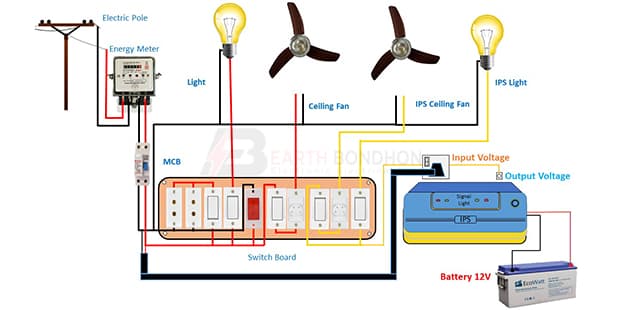


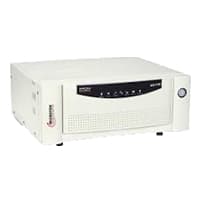

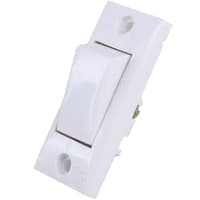
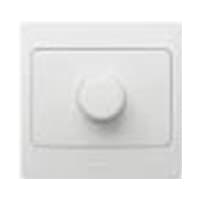
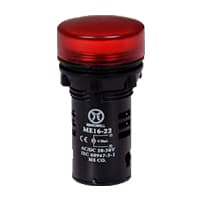
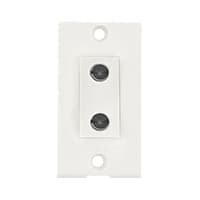


0 Comments